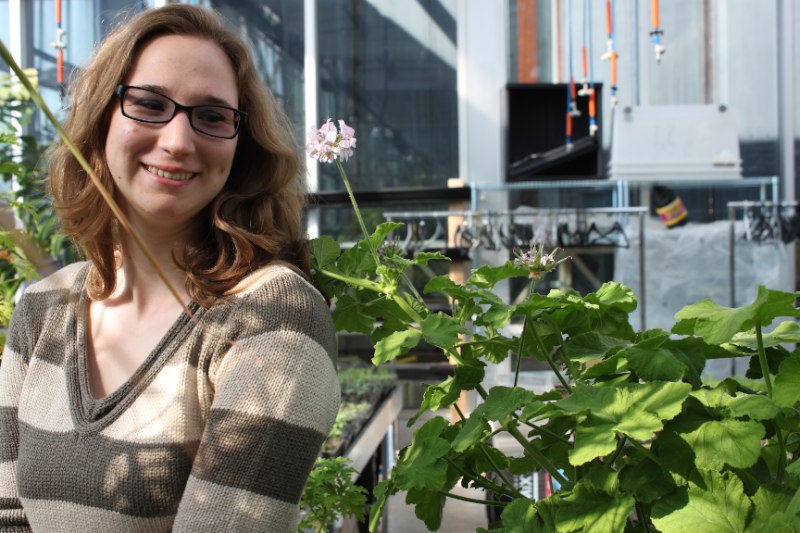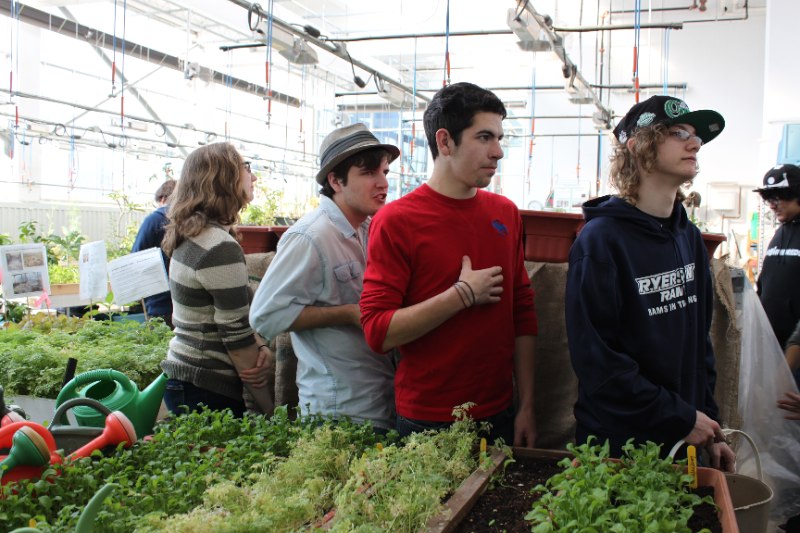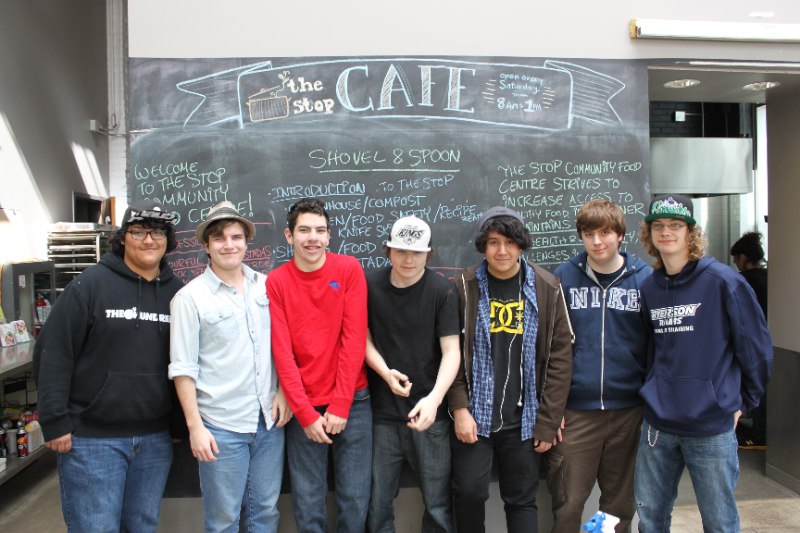Civics class celebrated our last day with a trip to City Hall! We took a self-guided tour around this Toronto landmark and got a sense of what happens at the City’s epicenter. We were hospitably welcomed with a surprise meeting with Deputy Mayor Norm Kelly in his office. The Deputy Mayor welcomed informed questions from the group and noted on their “strong handshakes”. He spoke of the diversity of our amazing city and was very candid about the rollercoaster ride he has been on since taking office. He generously gave us City of Toronto pins to take home as a souvenir.
We took in a great view of downtown from the observation deck and remarked how amazing it is that we can just take a walk down to City Hall in one period of school. Another reminder of one of the many ways in which our school is so unique. To wrap things up on this first fine day of Spring weather we felt a celebratory Popsicle break was in order.






